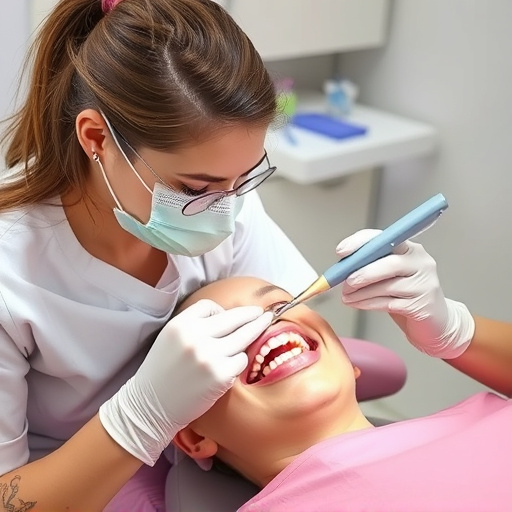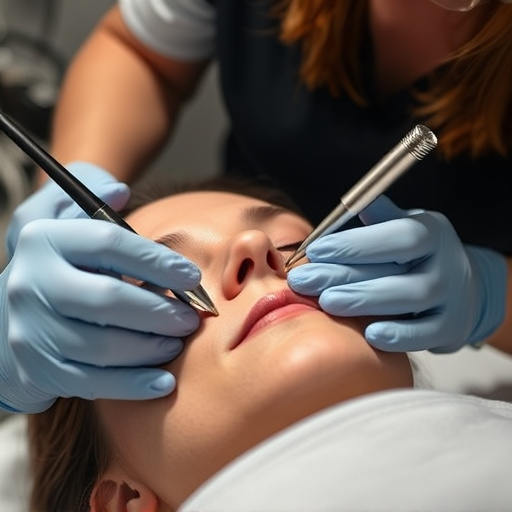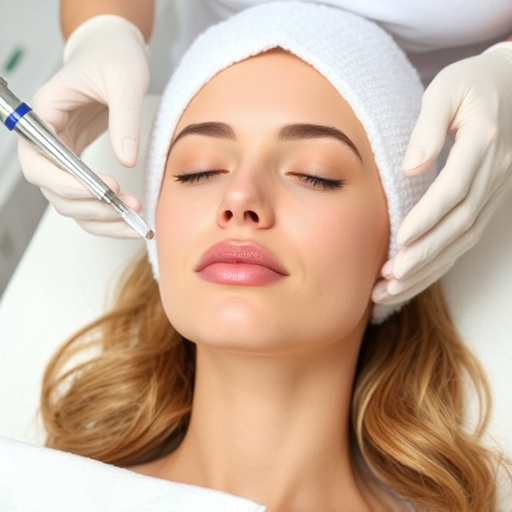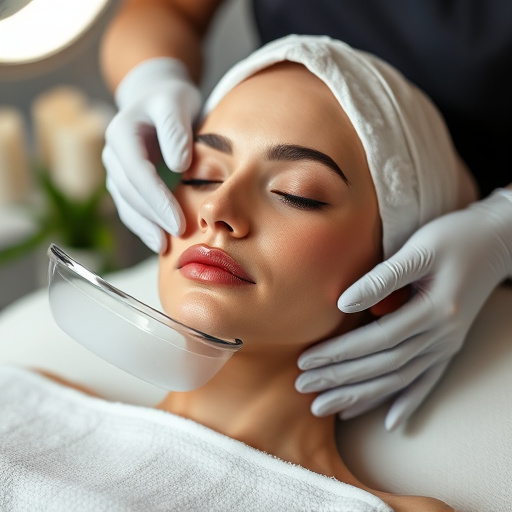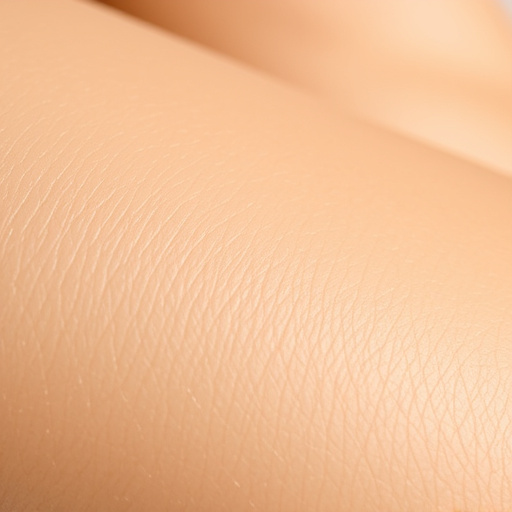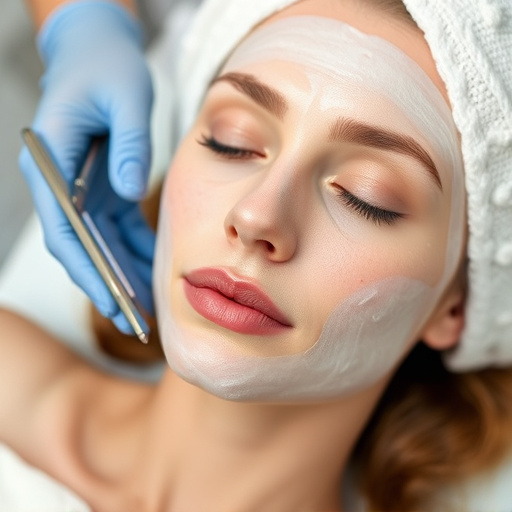Hyperpigmentation, caused by various factors including sun damage and inflammation, can be effectively treated through professional aesthetic techniques such as chemical peels, laser therapy, and targeted topical creams. Dermatologists personalize treatments like microdermabrasion or anti-aging product combinations to exfoliate skin, stimulate cell turnover, and enhance collagen production. Post-care instructions, including sun protection and skincare routines, are vital for optimal results and maintaining treated areas' clarity and texture. Professional hyperpigmentation treatment offers lasting improvements and reveals healthier, more even skin tones.
Looking for clearer, more even skin? Professional hyperpigmentation treatment offers a promising path to reducing those stubborn dark spots. This comprehensive guide delves into what you can expect from expert care. From understanding the root causes of hyperpigmentation to exploring advanced treatment methods and post-care instructions, this article equips you with knowledge. Discover how targeted therapies can transform your skin, revealing a brighter, more radiant complexion.
- Understanding Hyperpigmentation and Its Causes
- The Process of Professional Hyperpigmentation Treatment
- Post-Treatment Care and Expectations
Understanding Hyperpigmentation and Its Causes

Hyperpigmentation is a common skin concern characterized by discolored patches that appear darker than surrounding skin. It can manifest in various forms, such as sun spots, age spots, post-inflammatory hyperpigmentation, or melasma. Understanding its causes is essential when considering hyperpigmentation treatment options.
One primary cause is exposure to ultraviolet (UV) radiation from the sun, which stimulates melanin production, leading to darker skin patches. Other factors include skin injuries, acne scars, inflammation, certain medications, and hormonal changes. Genetic predisposition also plays a role, making some individuals more susceptible to developing hyperpigmentation. To address this issue effectively, professional aesthetic treatments often incorporate advanced techniques like chemical peels, laser therapy, and targeted topical creams to enhance skin brightening and pore refinement, ultimately reducing the appearance of dark spots.
The Process of Professional Hyperpigmentation Treatment

Professional hyperpigmentation treatment is a meticulous process designed to even out skin tone and reduce the appearance of dark spots and patches. It typically begins with a comprehensive consultation where a dermatologist assesses your skin, understands your concerns, and develops a tailored treatment plan. This may include various techniques such as chemical peels, laser therapy, microdermabrasion, or targeted topical treatments.
During the actual procedure, a licensed professional applies these methods to gently exfoliate the top layer of skin, encouraging cell turnover and stimulating collagen production. Anti-aging treatments like retinoids or vitamin C serums may be integrated into the regimen for enhanced results. Unlike do-it-yourself solutions, professional skincare approaches hyperpigmentation with precise techniques and medical-grade products, offering more effective and lasting improvements in skin clarity and texture.
Post-Treatment Care and Expectations

After undergoing a hyperpigmentation treatment, proper post-care is essential to achieve optimal results and maintain healthy skin. It’s crucial to follow your dermatologist or skin care specialist’s specific recommendations for the days and weeks following the procedure. This may include using gentle, non-irritating skincare products suitable for sensitive skin, wearing protective sunscreen with a high SPF during the day, and avoiding certain activities like intense workouts or direct sun exposure until healing is complete. These measures help prevent further irritation, redness, or potential darkening of treated areas.
Understanding the expected timeline for healing is also vital. Skin may appear red or slightly inflamed for a few days, and peeling or flaking is common as the top layer regenerates. As the skin heals, you’ll start to notice improvements in hyperpigmented spots, with gradual lightening over several weeks. It’s important to be patient during this period, as rushed or aggressive post-treatment care could compromise the results. Remember, consistent adherence to post-care instructions is key to achieving the best possible outcomes from your professional hyperpigmentation treatment, enhancing overall skin rejuvenation and revealing a more even skin tone.
Professional hyperpigmentation treatment offers a promising path towards achieving clearer, more even skin. By understanding the underlying causes, familiarizing yourself with the treatment process, and knowing what to expect post-treatment, you can make an informed decision. With proper care and patience, many individuals successfully reduce the appearance of hyperpigmentation, enhancing their skin’s overall health and radiance. Remember, each person’s journey is unique, so consult a dermatologist to tailor a treatment plan that aligns with your specific needs and goals for optimal results.





